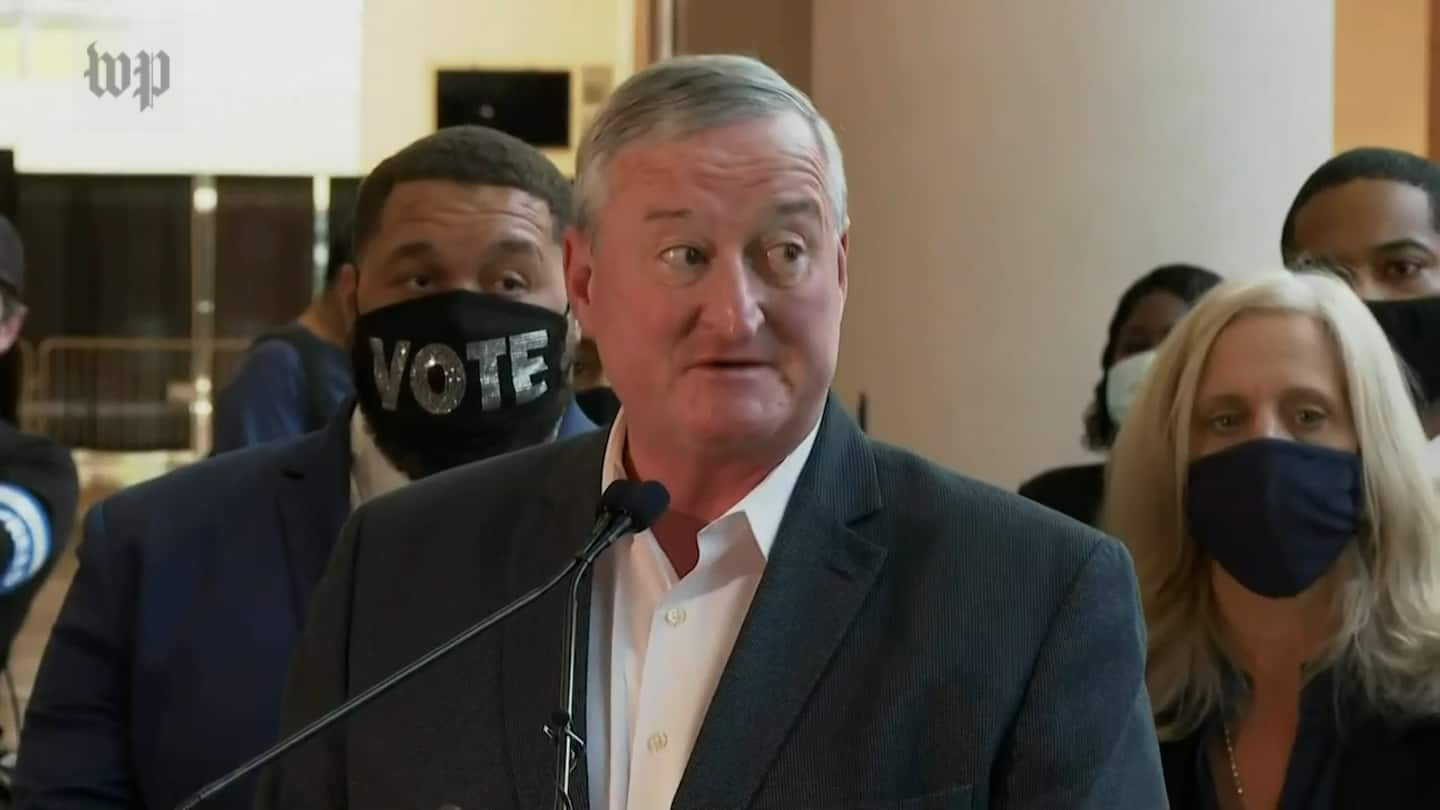A gaping hole in the GOP’s voter fraud logic

The presentation matched President Trump’s focus on these cities, with the combined message being clear: This alleged fraud was concentrated in heavily Democratic urban areas. The Trump campaign has also focused its legal action on these areas, including a just-filed lawsuit focused on Wayne County.
The reality of what tipped the election, though, is far different. The biggest swings, in fact, were not in urban areas but decidedly in suburban ones.
The Washington Post’s Philip Bump has a great new interactive map showing how votes shifted between the 2016 election and last week’s vote. As he notes, the biggest average shift was in suburban counties, which went 2.3 points more Democratic than in 2016, vs. urban ones that shifted 1.7 points in the blue direction. (Rural counties shifted just less than a point toward Trump.)
The map allows you to sort by suburban and urban counties, showing you how big the shift was in each category. And as you’ll see if you play around with it, the suburban edge was particularly pronounced in some key states.
In Philadelphia County, for instance, Trump is actually doing better than he did in 2016. Joe Biden’s advantage is currently 81.2 percent to 18.1 percent — a margin of 63.1 percentage points. In 2016, Hillary Clinton won the county by more than 67 points. Biden’s margin could grow as the remaining votes are counted, but the fact remains that the Democrat flipped Pennsylvania thanks to shifts in the suburbs.
In the neighboring counties of Bucks, Montgomery and Delaware, for example, Biden expanded Clinton’s margins by more than three points, more than four points and about four points, respectively. And in nearby Chester County, he added more than seven points to her margin. Those four counties combined have about twice as many voters as Philadelphia does, and they really made the difference for Biden in a state that probably won’t be terribly close. In addition, Biden’s other biggest improvements in Pennsylvania — alongside Chester County — were in suburban counties near Scranton and Harrisburg.
The situation is similar in Michigan. In that state, Biden’s margin is almost exactly the same as Clinton’s in Detroit-based Wayne County, with both winning by more than 37 points. But in neighboring and suburban Oakland County, Biden is winning by 14 points, compared with Clinton’s eight-point margin — an improvement of six points. Biden’s other biggest improvements on Clinton’s margins were in nearby suburban Washtenaw and Livingston counties, along with the suburban counties near Grand Rapids.
The pattern holds in Wisconsin. Biden currently leads in Milwaukee County, where late-counted mail ballots drew Republicans’ ire, by 40 points with all ballots counted. Clinton won it by 37 — a difference of three points. But Biden bettered Clinton’s margins by even more in neighboring and suburban Ozaukee County and (crucial, as The Post’s Dave Weigel will remind you) Waukesha County. Despite losing them, Biden improved on Clinton’s margins by about six points in each. And those two counties are the biggest vote shifters in the state, which was decided by less than a point in each election.
But it’s not just the Midwest and the Rust Belt. Down South, in Georgia, Biden did better than Clinton in the state’s most urban county, Atlanta-based Fulton, by more than four points. But he made much larger improvements in the more suburban counties around Atlanta, eclipsing Clinton by more than 10 points in six of them.
Is it possible there was massive voter fraud in these more urban areas? Theoretically, anything is possible. But such fraud hasn’t been demonstrated in past elections, and Biden’s margins in them are somewhat unremarkable, historically speaking. What’s more, Trump set up a voter fraud commission after the 2016 election that disbanded without finding anything of the sort.
And the fact that these suburban areas shifted even more in the states that determined the outcome would sure seem to suggest this wasn’t about nefarious folks in Detroit and Philadelphia. To the extent McEnany and McDaniel are looking for the culprits, they might want to expand their gaze to the places that most changed how they voted. Of course, blaming this on heavily Democratic cities rather than on the suburban areas that abandoned the GOP in 2018 and 2020 is the easiest political play.






